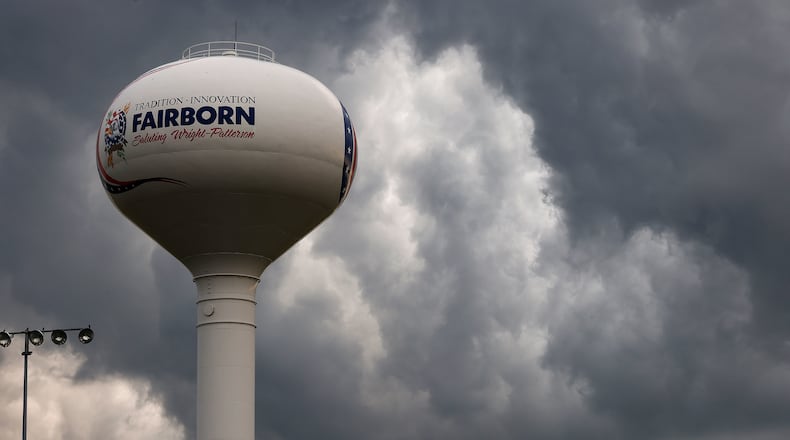In reality, they are worlds apart economically. Beavercreek’s median household income is over $108,000, nearly double Fairborn’s $53,783. Beavercreek’s poverty rate is less than half of Fairborn’s. On average, homes sell for over $100,000 more. And while the cities share the same region, the gap is only growing wider.
As a longtime resident of the two cities, I owe much to the unique characteristics of both Beavercreek and Fairborn. Fairborn’s charm strongly appeals to me, and I believe that with some changes to the city, its economy can grow, allowing Fairborn to flourish while maintaining its character.
To understand why Beavercreek has surged ahead of its northern neighbor, we have to look at the history of the cities. Back in the 1960s and 70s, Fairborn was more prosperous than Beavercreek, as the city had more people and higher incomes than Beavercreek. But between 1970 and 2000, the tables turned. Beavercreek’s population and economy significantly grew while Fairborn relatively stagnated. Why? One huge factor: land.
Beavercreek is almost twice the size of Fairborn, 27.3 square miles compared to Fairborn’s 14.7. Beavercreek got to this size by convincing unincorporated communities like Valleywood, Apple Valley, and Woodhaven to join the city by offering a powerful incentive: no city taxes. That deal expanded Beavercreek’s size and gave it space to build major developments (like the Fairfield Commons) that would improve the city’s future.
Economic Development follows land availability, infrastructure, and incentives. Beavercreek had all three.
Today, the results speak for themselves. Beavercreek’s developments like the Fairfield Commons and other commercial areas attract more families and businesses, increasing property value in the area. Higher home values lead to greater property tax collection for the city, which funds better schools, like the ones I have attended myself. The cycle continues.
Why should Fairborn residents care? Because our current situation is costing this city, both economically and socially. Every year we fall further behind Beavercreek means less incentives for businesses and people to consider Fairborn as a place to work, live, and thrive. Fortunately, we can take lessons from Beavercreek’s playbook and adapt them to our strengths.
First, we should expand our city. The unincorporated area of Byron is a prime candidate for annexation. If residents are hesitant, offer what Beavercreek once did: tax incentives, zoning flexibility, and a clear vision for how joining Fairborn benefits them. Fairborn and Byron, and maybe also other parts of Bath Township, could form a Joint Economic Development District (JEDD), creating economic growth while allowing the area to maintain its political status quo.
Second, Fairborn should leverage its greatest asset, Wright-Patt. The city is already home to many military families, and we can build on this strength. Imagine a veterans-only neighborhood, developed with federal and nonprofit support, that attracts retirees and active-duty personnel alike. This would boost our housing market and our profile as a veteran-friendly city.
Finally, the city should market itself as open for business. Land from annexation could be promoted to companies looking to set up in Southwest Ohio. If Beavercreek can become a shopping and dining hub for the area, there’s no reason Fairborn can’t position itself as a center for innovation and services tied to the base.
Fairborn is not doomed to trail Beavercreek forever. But closing the gap means taking bold, strategic steps. It means taking any steps necessary to growing our city, literally and otherwise.
Pratisth Agarwal is a student at Beavercreek High School.
About the Author

